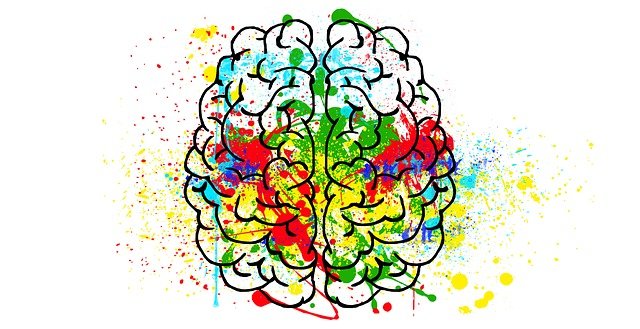
Picture took from: https://pixabay.com/es/cerebro-mente-psicolog%C3%ADa-idea-2062048/
Brain Gym (BG) or Educational Kinesiology is an educational movement-based intervention that has become very popular, especially amongst teachers all over the world. It is claim that the integration of the brain can enhance learning for all ages, and also help learners to cope. The benefits that produces in children performance at school is acknowledged by the testimonials of teachers and schools that have implemented it. Scientific evidence has shown that physical activity is important for learning and development. For this, including physical activities in the classroom in the educational curriculum is a necessity. However, Brain Gym doesn’t include aerobic exercises, it is based on specific patterns of movements, it similarly includes routines. They claim that 26 different routinely and repeatedly activities can improve several aspects of children learning. For this, they suggest the implementation of these strategies during the classroom time in all grades. The spread of this program has called the attention of scientist. Because of this, research has reviewed the three main theories in which Brain Gym is based, but the findings do not support its convenience. Similarly, research has not found an explanation for the positive results of implementing the program.
Therefore, teachers should be careful of implementing programmes that declare to have a neuroscientific base until there is evidence to confirm its claims. Most important, there is a big risk in investing money and school time in programmes that haven’t shown to have positive results. Especially for children with disabilities, who need effective interventions instead of non-based educational exercises or other programs that will not help them.
Take it form Alba Amparo's essay.